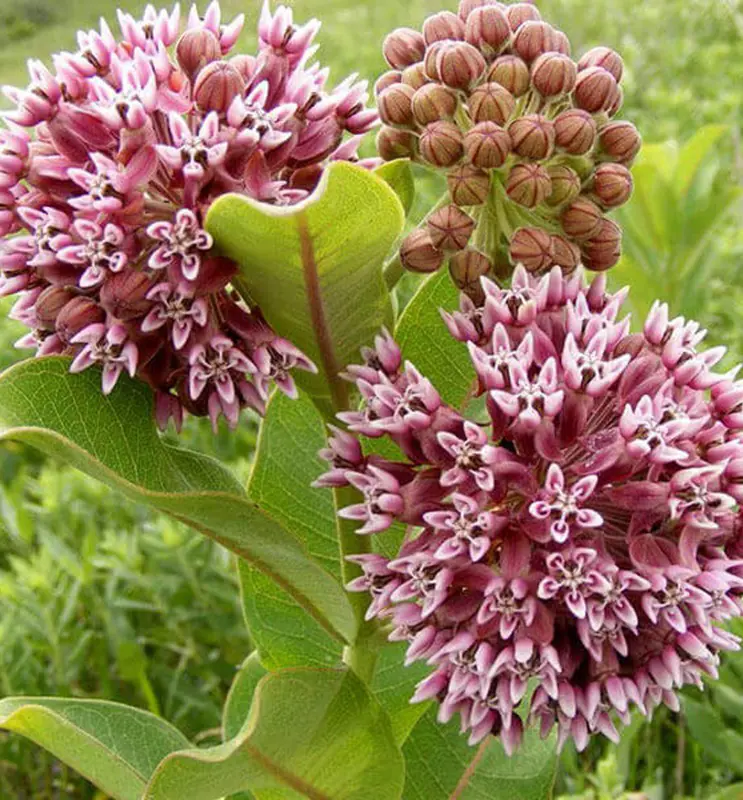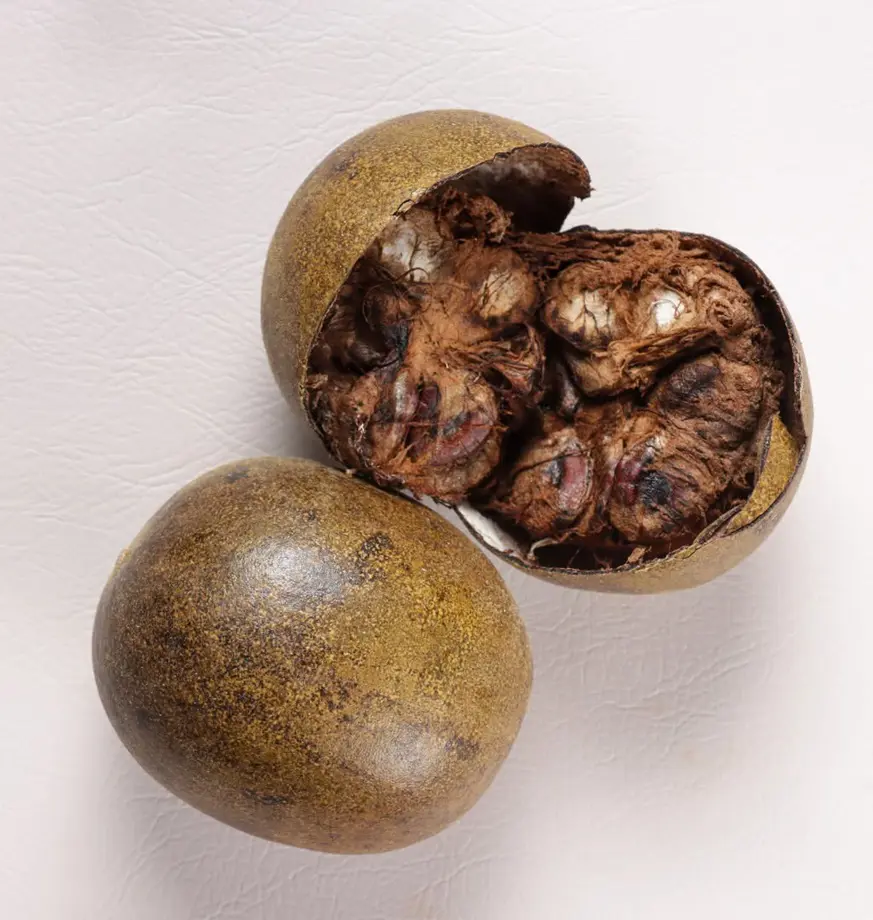10 Tips On How To Plant Succulents
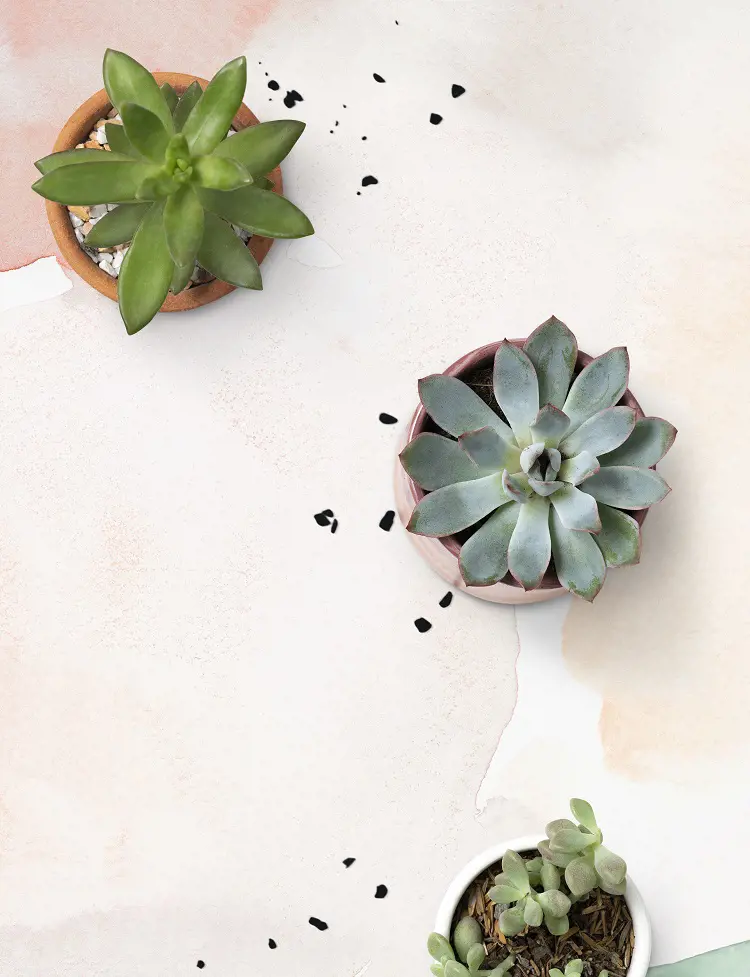
This post may contain affiliate links. If you make a purchase through links on our site, we may earn a commission.
Succulents are super charming and are seen everywhere, stealing the show at weddings, brightening up desks, and taking over your favorite social media feeds.
Let's know about the easy stuff such as watering technique, the right amount of lightning they crave, and the types of soil that help them to stay fresh and healthy.
1. Prepare The Container
Picking the right pot is super important for your succulents to stay healthy. Get a pot with holes at the bottom so water doesn't get stuck, and your plants won't drown. Choose materials like terra cotta or plastic because they let air in, which keeps the soil fresh and stops it from getting too wet.
Go for a wide pot instead of a deep one because succulents don't like deep pots. If you want to mix different types of succulents, pick a pot with separate sections, each with holes. Think about how heavy the pot will be, especially if you'll be moving it around a lot. And don't forget, your pot should look good too, matching the style of your succulents.
2. Add Succulent Soil
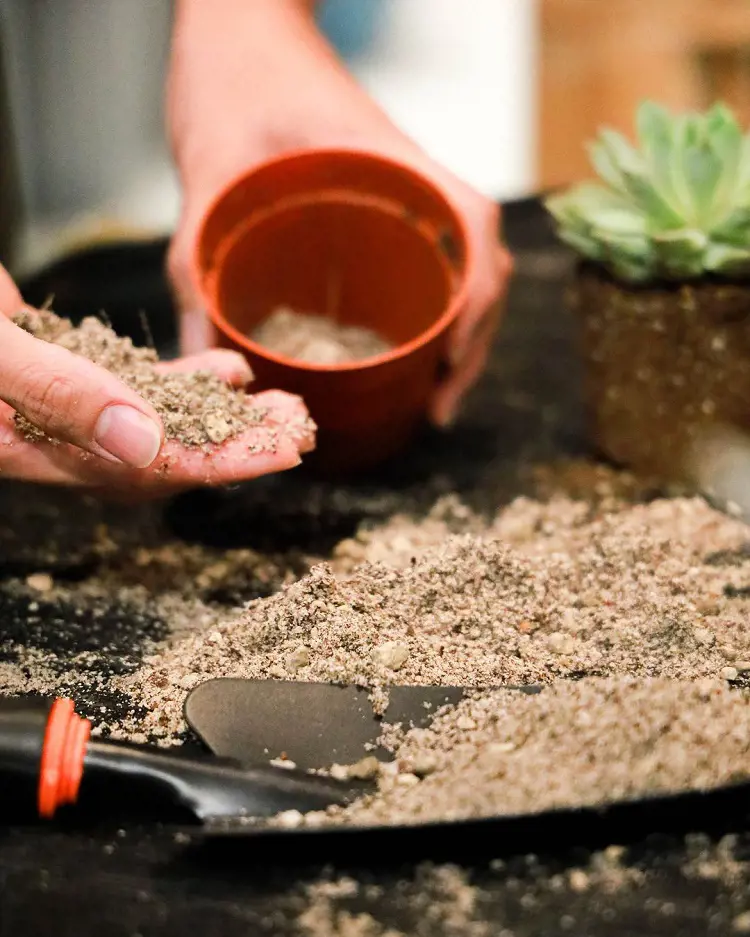
When you're planting succulents, it's super important to use the right soil. You can either buy special succulent soil from the store or make your own. Look for stuff like perlite, sand, or pumice that helps the water drain out fast. Avoid heavy soils that keep too much water because succulents don't like that.
If you're making your own mix, try to keep at least half of it made up of these quick-draining materials. The soil should feel crumbly, not sticky. You can also add a bit of compost for nutrients, but not too much. Before you plant your succulents, make sure the soil lets the water drain out well. This helps your succulents grow happy and healthy, just like they do in nature.
3. Remove The Succulent From Its Pot
Removing a succulent from its pot during the planting process is a crucial step to ensure a smooth transition and optimal growth. When you're ready to plant your succulent, take it out of its current pot. First, gently tap the bottom and sides of the pot to loosen the soil. This helps the roots and soil separate from the pot more easily.
Hold the succulent by its base and carefully slide it out of the pot. If the plant is stubborn, you can tip the pot to the side while tapping to encourage the succulent to come out. By doing this, you're allowing the plant to transition to its new home. This will also ensure that you're planting a healthy succulent in fresh soil, giving it the best chance to thrive in its new environment.
4. Inspect The Roots
After removing your succulent from its pot, take a close look at its roots to ensure the plant's well-being. Healthy roots should be firm, white, and plump. Check for any soft or discolored areas, as these could be signs of root rot. If you find any, carefully trim away the affected parts with clean scissors or pruning shears.
If roots appear tangled or circling, you can gently separate and trim them for healthy growth. This will allow the roots to breathe and absorb nutrients more effectively in the new soil. Keep an eye out for pests during the inspection, as they can harm the plant. By thoroughly examining and, if needed, tending to the roots, you set the stage for a successful transition to fresh soil, promoting the overall health and vitality of your succulent.
5. Plant The Succulent
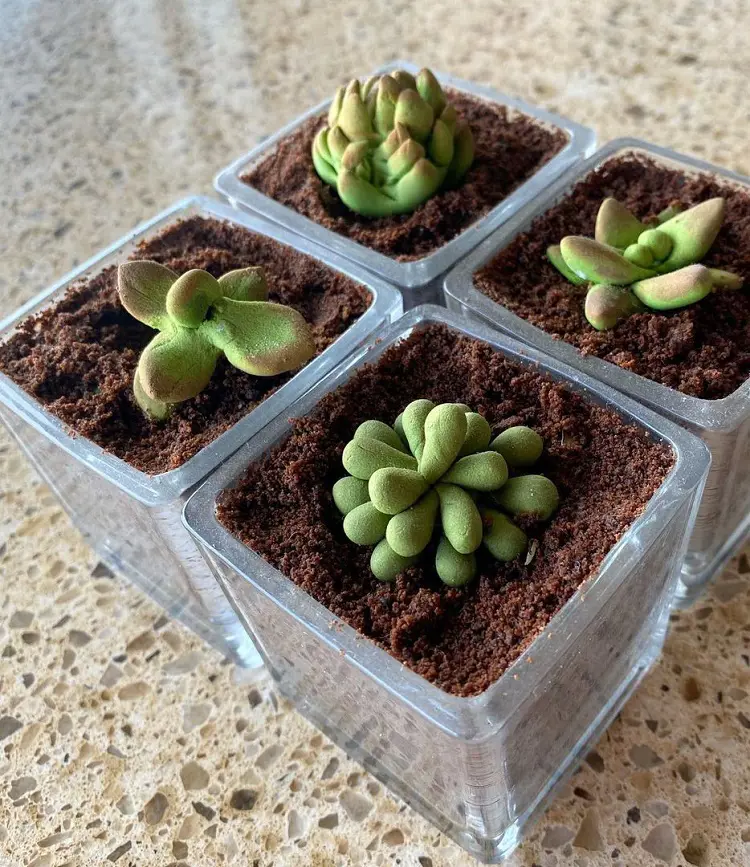
After you've checked the roots, the next thing to do is plant your succulent in its new pot. Here's a simple guide: first, make sure you've got the right soil ready. Fill the bottom of the new pot with this soil, leaving some space at the top for your succulent. Then, use your fingers or a small tool to make a hole in the soil.
This hole should be deep enough for your succulent roots to fit comfortably. Now, gently put your succulent in the hole, making sure the roots are spread out. Adjust the depth so that the top of the old soil matches the level of the new soil in the pot. Just keep an eye on it and water it when needed, and your succulent will be happy in its new home.
6. Backfill With Soil
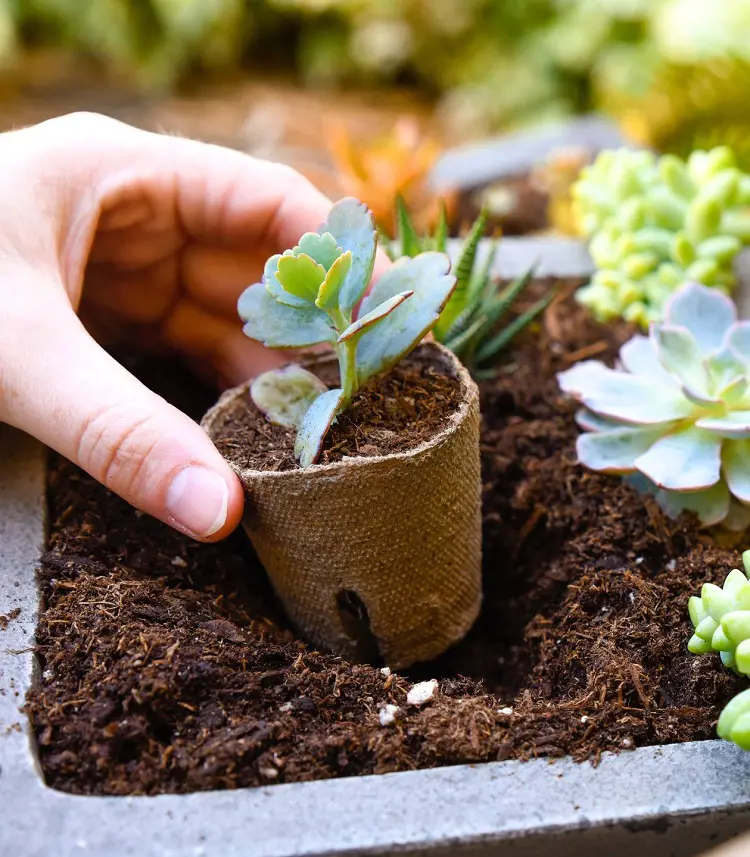
When you're planting succulents, after making a hole for them, the next step is filling that hole with the right soil. The soil mix you prepared earlier should drain the water well. Carefully put your succulent in the hole, spreading its roots out. Now, start filling the hole and the space around the succulent with the special soil.
Do it bit by bit, pressing the soil down gently as you go to get rid of any air pockets. Make sure there's a bit of space around the bottom of the succulent stem. If you want, you can add some pretty rocks or mulch on top. After that, give your succulent a little bit of water to help it settle into its new home. Let the soil dry out before you water it again.
7. Lightly Water The Plant
It is a good idea to water your succulent after you've planted it and filled the hole with soil. This helps the soil settle around the roots and gives the succulent a good start in its new home. However, it's really important not to overdo it with watering. Let the soil dry out before you water again.
Succulents don't like to be constantly wet, so it's better to underwater than overwater them. Water in the morning if you can, so the soil has time to absorb the water before it gets too hot. This helps prevent issues like fungal diseases that can happen if the soil stays damp for too long.
8. Keep Them In A Right Placement
After planting your succulents, it's crucial to choose the right spot for them to ensure their well-being and appearance. Pick a location with bright, indirect sunlight, as most succulents thrive in these conditions. Be mindful of their specific light requirements, rotating the container occasionally to promote even growth.
Monitor the temperature, avoiding exposure to cold drafts and extreme weather conditions. Provide adequate air circulation by spacing out your succulents, preventing issues like fungal problems. Shield them from harsh weather, either by moving them to a sheltered area or covering them during challenging conditions. Additionally, adjust your watering routine based on the environment, avoiding overwatering as succulents prefer drier conditions.
9. Monitor Your Succulents
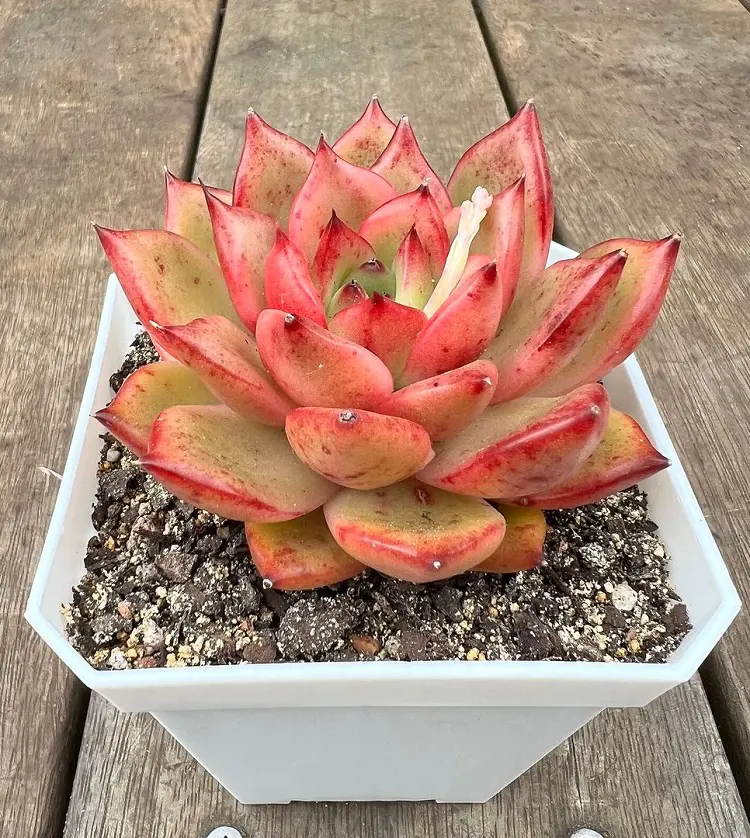
Check the moisture level in the soil regularly by sticking your finger about an inch deep if it's dry, it's time to water. Look at the leaves; if they're plump, your succulent is likely well-hydrated, but if they start to wrinkle or feel soft, it may need more water. Watch for color changes, as this can indicate stress or overwatering.
Keep an eye out for pests by inspecting the leaves regularly. Rotate the container every so often to make sure all sides of the succulent get enough sunlight. Monitor growth patterns, and if your succulent starts stretching or leaning, it might need more sunlight. Protect your succulents from extreme weather conditions, and be on the lookout for signs of disease, treating any issues promptly.
10. Mulch If Required
While mulching is not a strict requirement for succulents, it can offer certain advantages when done thoughtfully. Succulents are well-adapted to arid conditions, and their preferred well-draining soil usually negates the necessity for mulch. However, applying a thin layer of mulch around succulents can aid in moisture retention, particularly in dry or hot climates, and help regulate soil temperature.
Mulch also inhibits weed growth, offering a practical benefit for succulents that may not compete well with aggressive weeds. Additionally, it can enhance the overall appearance of the succulent arrangement. Ultimately, the decision to mulch depends on factors such as local climate, soil conditions, and aesthetic preferences, and it's important to strike a balance that aligns with the specific needs of your succulents.
Recent posts
Gardening
Gardening
How To Grow Grass From Seed? Planting And Caring Guide
Growing grass seems like an easy task. But the ones who are already into it know how much work and patience is required for its maintenance, to transform the outdoor space into a lush, green oasis. For beginners who are starting from scratch or someo...
Gardening
How To Grow, Plant And Care Milkweed From Seed
Planting milkweed from seed is one of the most satisfactory practices. It not only adds value to your garden aesthetics but also contributes essential instinct pollinators, including monarch butterflies. Many milkweed seeds germinate best when expos...
Gardening
18 Rose Colors And Their Meanings
Roses are not only elegant flowers but they also represent something more profound. Every color of a rose has its special meaning, making it a powerful tool when it comes to conveying messages in personal relationships and occasions. Ranging fr...
Gardening
When To Plant Vegetables – A Month By Month Calendar
Understanding when to plant vegetables is essential to successful gardening as timing alone can greatly affect the productivity and health of vegetables. A month-by-month planting calendar is useful because not every month is ideal for a specific pro...
Gardening
How To Prune Hydrangeas So That It Stays Healthy
The name hydrangea conjures clusters of flowers packed densely. Hydrangeas can grow in both old and old wood, and depending on the varieties, pruning time may differ. Pruning hydrangeas is a fundamental practice for gardeners wanting to maintain thei...
Gardening
How To Prune Roses With These 10 Steps
Pruning these thorn-filled plants might seem scary, but it's crucial for having abundant rose blooms. Cutting back old growth encourages new, vibrant growth, removes dead parts, and shapes the plant. This practice also reduces the risk of fungal dise...

